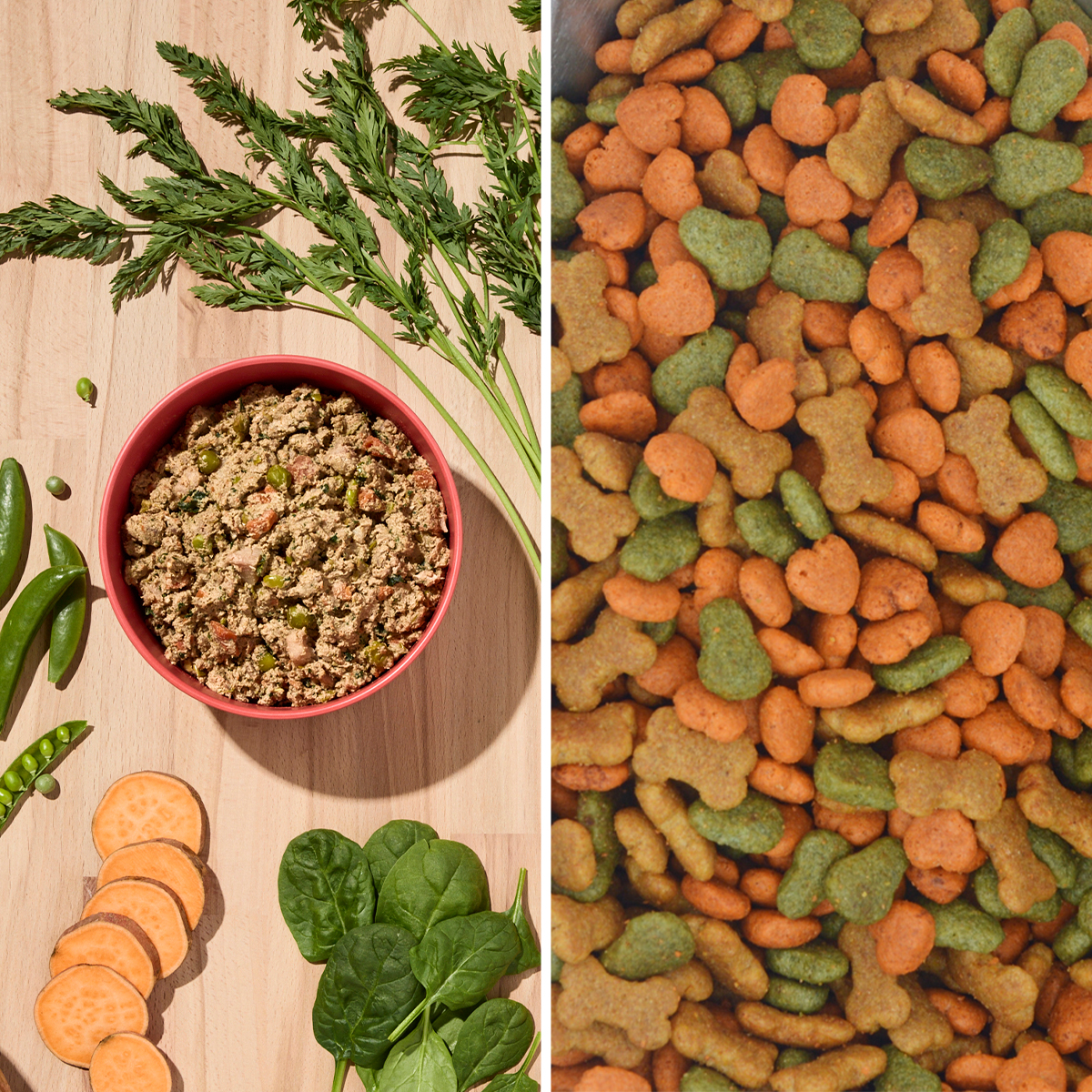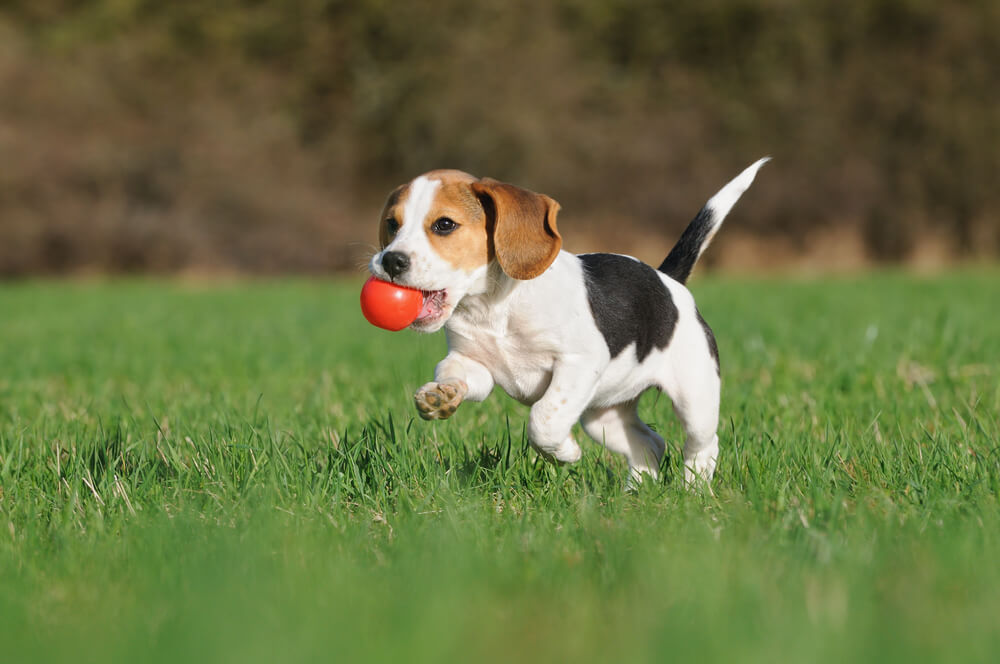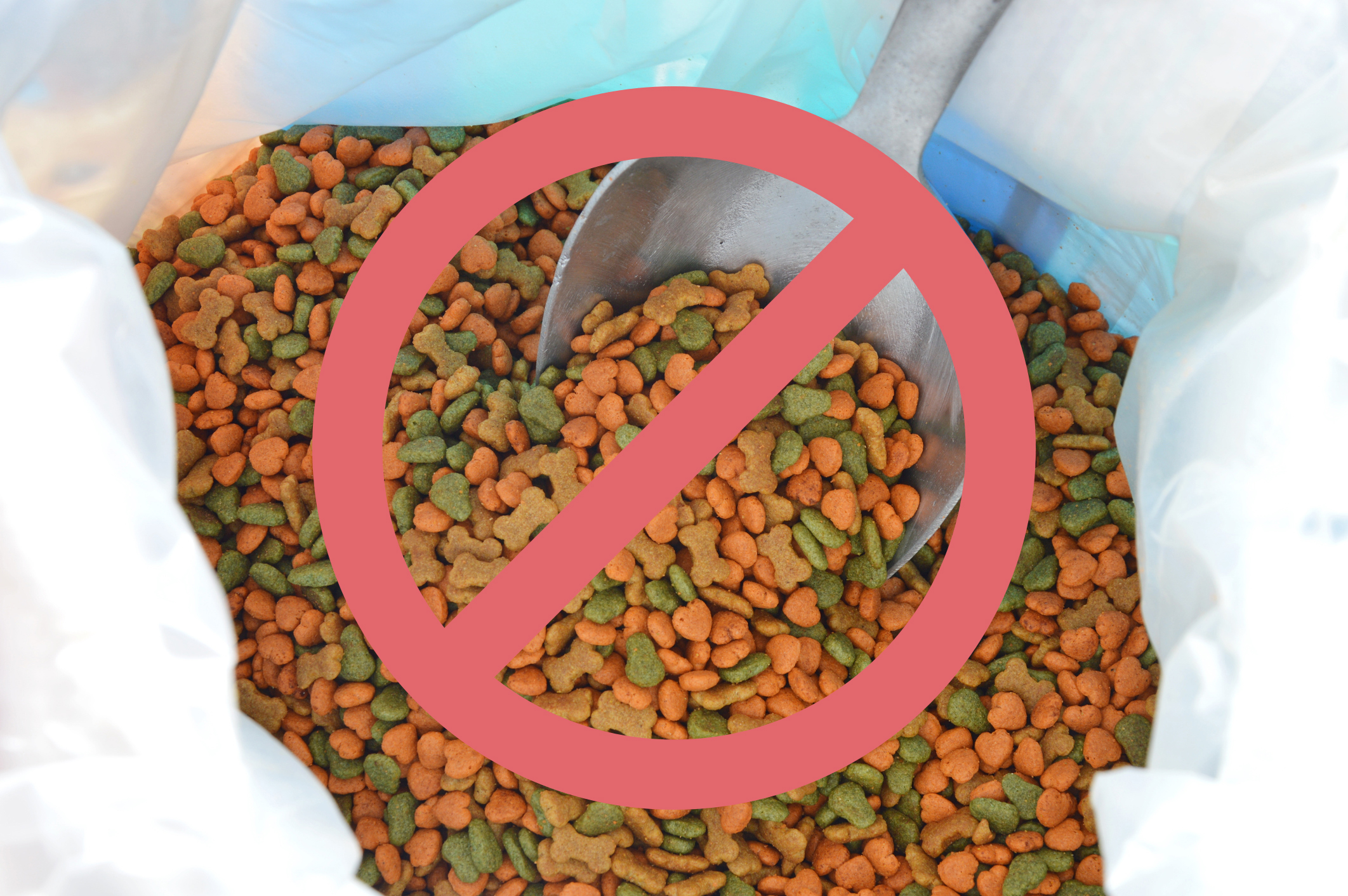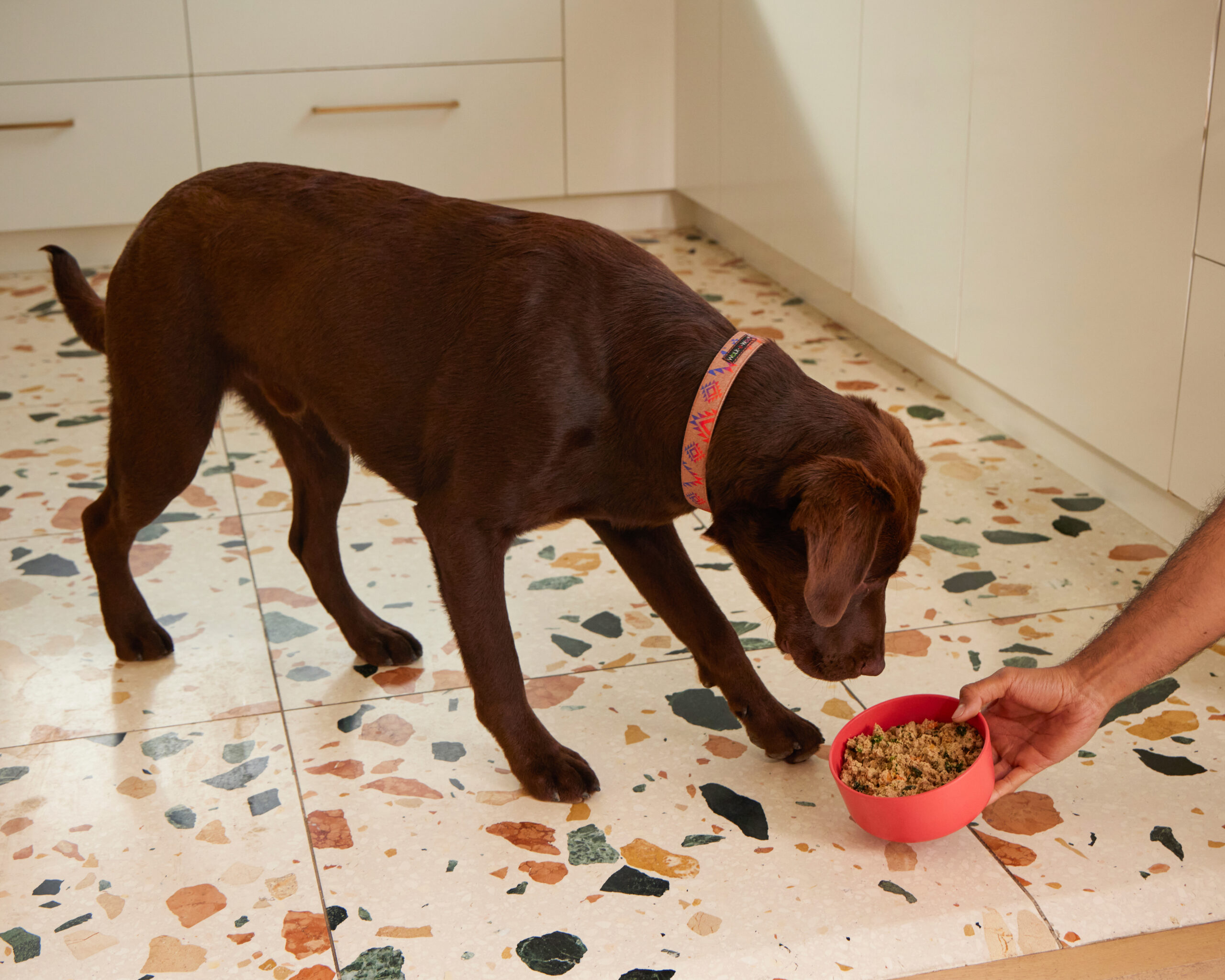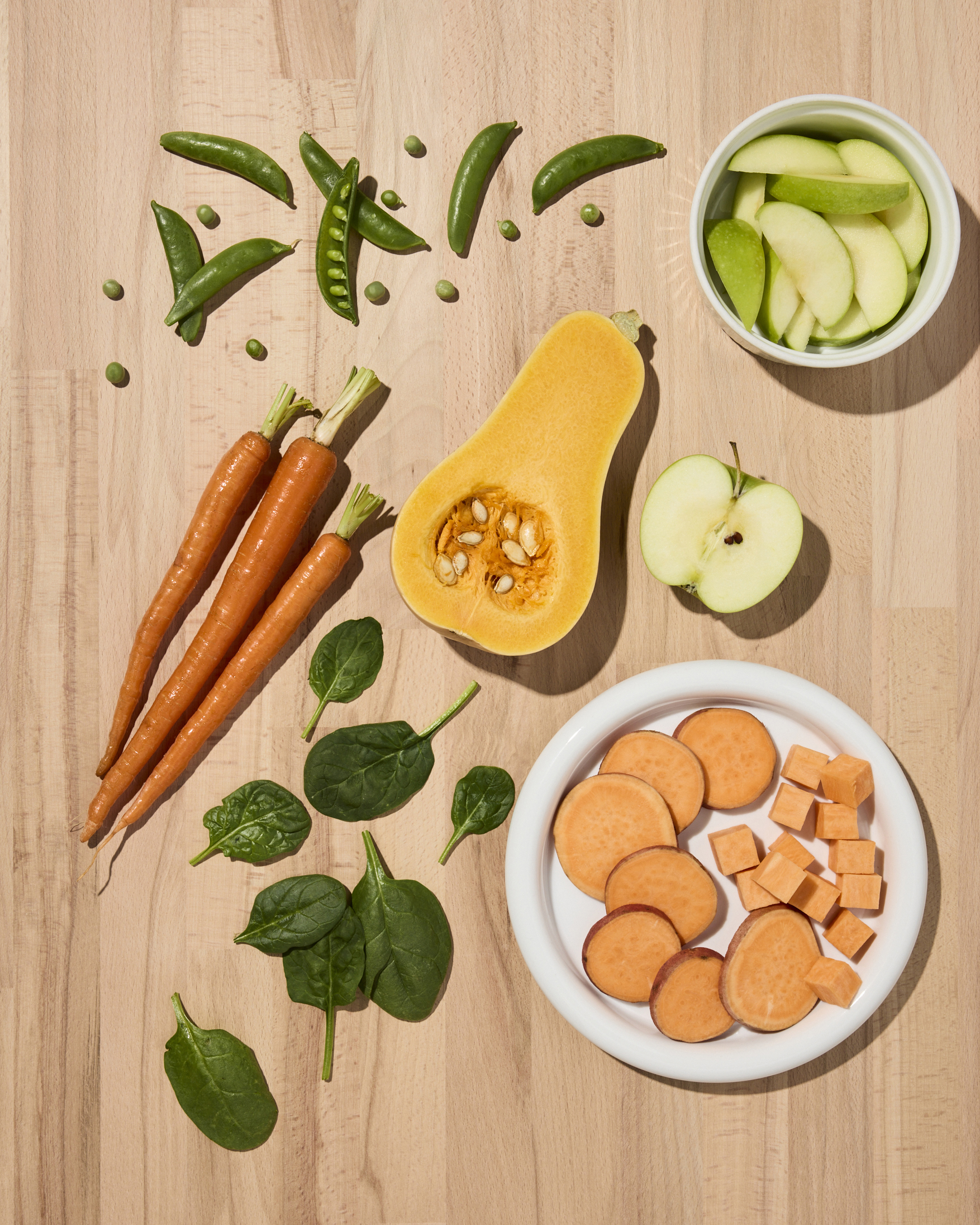Hey Ollie blog readers! We’re offering you an exclusive 60% OFF your starter box! Try now!
When it comes to your dog’s nutrition and overall health, not all dog foods are created equal. The difference isn’t just about marketing; it comes down to the quality of ingredients, safety standards, and the health benefits packed into every bite. Here’s the full scoop on what sets these two types of food apart so you can feel confident in the food you choose for your pup.
What Is Feed-Grade Dog Food?
Feed-grade refers to the standard quality for most commercial pet foods. The Association of American Feed Control Officials (AAFCO) provides a definition, but in simple terms, feed-grade ingredients are not considered edible for humans. While feed-grade food must be safe for animal consumption, the regulations allow for a wide range of ingredient quality.
This category can include materials that you wouldn’t find in your own kitchen, such as meat meals and by-products from animal sources that may not be suitable for human consumption. These can sometimes include parts from animals that died from various causes. To ensure safety, these ingredients are often processed at extremely high temperatures, which can diminish their nutritional value.
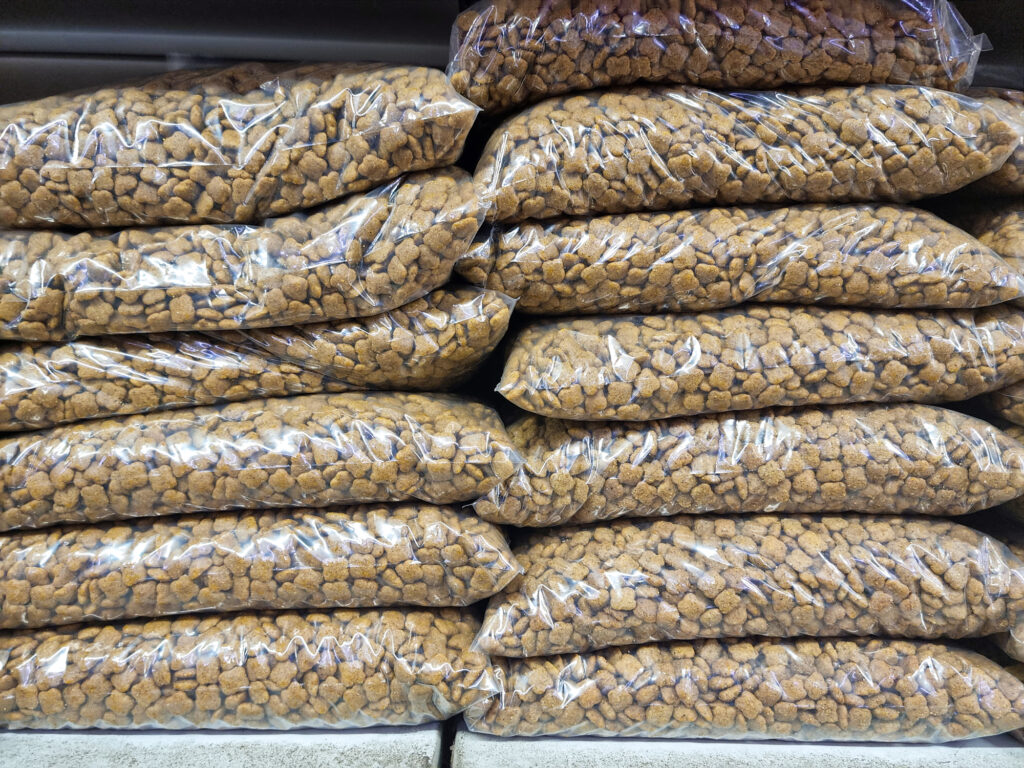
Who Regulates Feed-Grade Food?
Several bodies oversee the production of feed-grade pet food, but their roles differ:
- The Association of American Feed Control Officials (AAFCO): A volunteer organization that sets nutritional standards and guidelines for pet food, but it is not a regulatory agency.
- The Food and Drug Administration (FDA): The FDA regulates pet food ingredients, ensuring they are safe to eat and handled sanitarily. They enforce bans on certain drugs and antibiotics.
- The United States Department of Agriculture (USDA): The USDA is responsible for inspecting and grading the quality of meat and other animal proteins used in pet food.
While these regulations provide a baseline for safety, the “feed-grade” label can cover a vast spectrum of quality. This is why it’s so important for pup parents to read ingredient labels carefully and look for brands that are transparent about their sourcing and manufacturing processes.
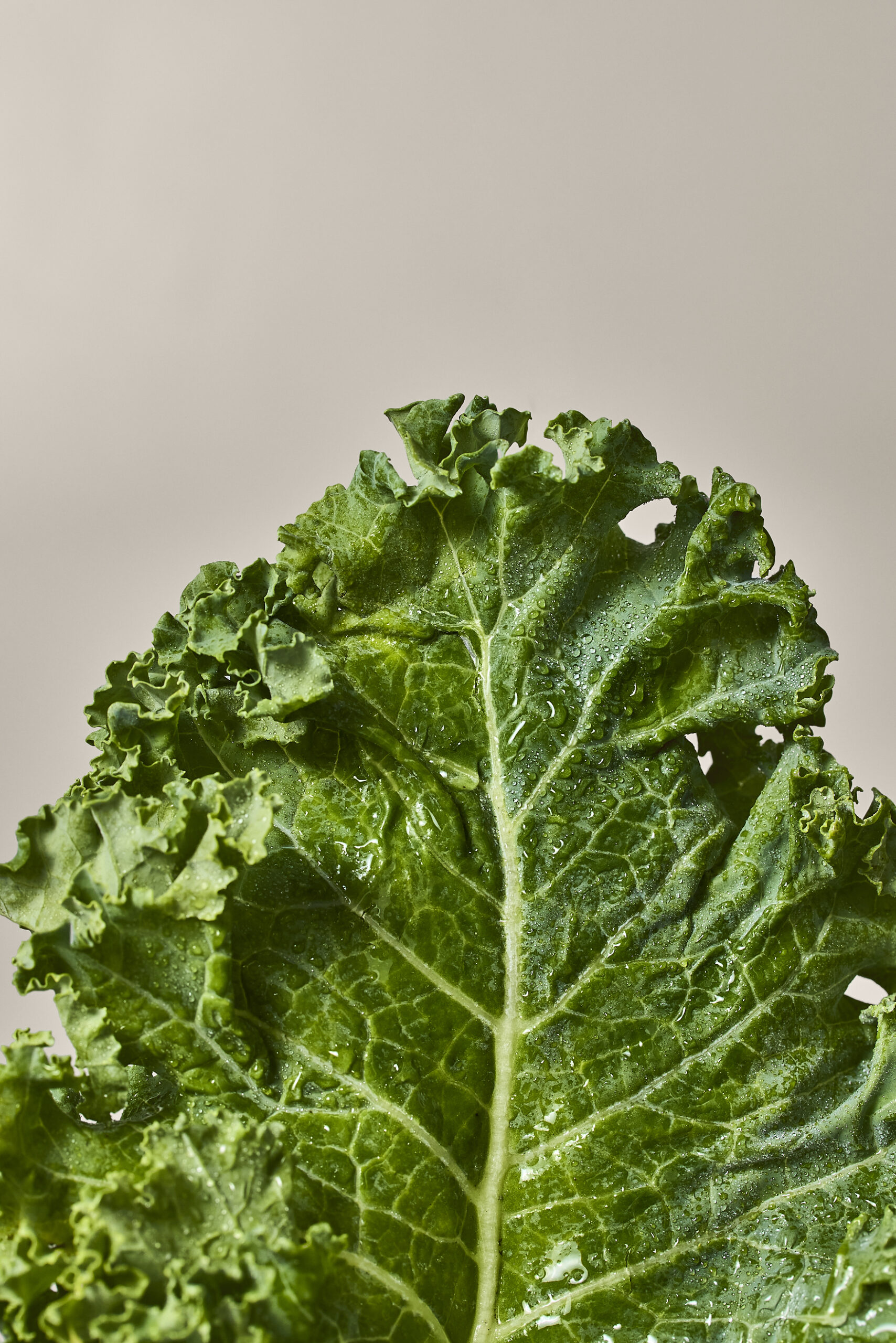
What Does “Human-Grade” Mean for Your Dog’s Food?
The term “human-grade” means that every ingredient in the dog food—from the proteins and vegetables to the supplements—is edible for humans. It also means the food is manufactured, packaged, and held in facilities that meet the same safety and quality standards required for human food. If even one ingredient fails to meet these standards, the entire product is legally considered feed-grade.
Choosing human-grade food provides peace of mind, as you know your dog is eating food made with the same quality ingredients you would choose for yourself. This is a core principle behind fresh dog food diets.
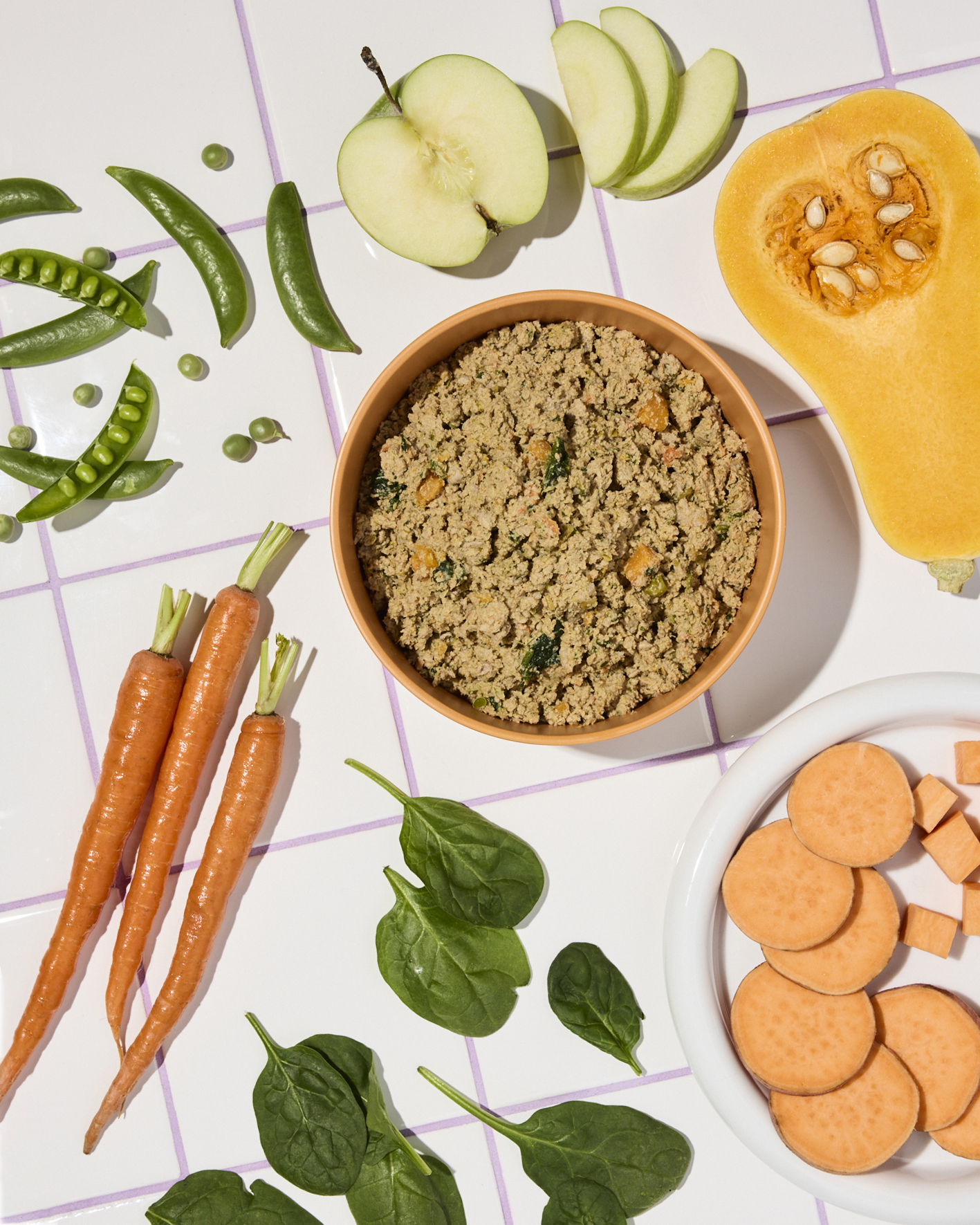
The Health Benefits of Human-Grade Fresh Dog Food
Switching to a fresh, human-grade diet can unlock a host of benefits for your dog. Because these foods are made with whole ingredients and are minimally processed, they offer superior nutrition that can support your pup’s long-term health.
- Higher Digestibility: Fresh, gently cooked food is often easier for your dog to digest than highly processed kibble. This can lead to better nutrient absorption, increased energy, and smaller, firmer stools [1].
- Improved Skin and Coat: Diets made with natural, real ingredients like meats, vegetables, and fruits can promote a shinier coat and healthier skin, potentially reducing irritation and shedding [2].
- Enhanced Palatability: Many dogs, especially picky eaters, find the aroma and taste of fresh food more appealing than dry or canned alternatives [3].
- Better Weight Management: Fresh food recipes are often precisely portioned based on your dog’s specific needs, making it easier to maintain a healthy weight.
- Supports Long-Term Health: Some studies suggest a link between fresh diets and improved health outcomes. For example, one study found that dogs fed a diet including fresh vegetables had lower rates of certain cancers [2].
Making the Right Choice for Your Pup
The best way to ensure your dog is getting high-quality nutrition is to choose a brand that prioritizes transparency and quality. Look for companies that are open about where their ingredients come from and how their food is made.
Many reputable brands offer recipes made with human-grade ingredients, gently cooked in USDA-certified kitchens to preserve nutrients and ensure safety. Meals formulated with veterinary nutritionists to be complete and balanced can help take the guesswork out of feeding your dog fresh food [2].
Ready to see the difference human-grade food can make? Find your pup’s perfect meal plan!
Frequently Asked Questions (FAQs)
Is feed-grade dog food bad for my dog?
Not necessarily. Many feed-grade foods provide adequate nutrition. However, the quality can vary significantly, and these foods may contain fillers and lower-quality by-products. Human-grade food ensures a higher, more consistent standard of quality and safety.
What are the main benefits of fresh, human-grade dog food?
The primary benefits include higher digestibility, improved skin and coat health, increased appeal for picky eaters, better weight management, and the potential for better long-term health outcomes due to superior nutrient quality.
Is human-grade dog food the same as raw food?
No. While both often use fresh ingredients, human-grade fresh food is gently cooked to kill potential pathogens like Salmonella and E. coli, making it a safer option for your dog and your family [4]. Raw food is not cooked at all.
How do I know if a dog food is truly human-grade?
For a product to be officially labeled “human-grade,” all ingredients must be human-edible, and the food must be manufactured in a facility licensed to produce human food. Look for brands that are transparent about their sourcing and production standards.
Why choose human-grade dog food?
Human-grade meals are formulated with veterinary nutritionists, made with real, whole ingredients, gently cooked for safety, and can be delivered for convenience—offering a way to feed your pup the best nutrition possible.
Citations
Tagged As:
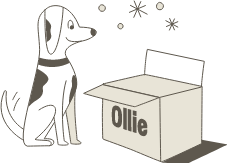
The nutrition your dog needs,
the food they want.

Enjoying our articles? Subscribe our Newsletters and get new articles directly to your inbox
You might also like
14 July 2025
5 MINS READ
Ingredients to Avoid When Choosing Your Dog’s Food
Navigating the world of dog food can be overwhelming, with endless options and confusing ingredient lists. Understanding which ingredients to avoid is just as important as knowing which ones to se…
by Ollie Pets
14 July 2025
6 MINS READ
Top Choices for the Healthiest Dog Food Today
As dedicated dog parents, we always want to give our dogs the best. However, when it comes to mealtimes, it can be difficult to know what actually makes some options better than others, especially…
by Ollie Pets
14 July 2025
5 MINS READ
Understanding Limited Ingredient Diets for Dogs
As a dog parent, seeing your pup struggle with itchy skin, an upset stomach, or persistent ear infections is always stressful. Limited ingredient dog food has become a popular choice for pup paren…
by Ollie Pets
